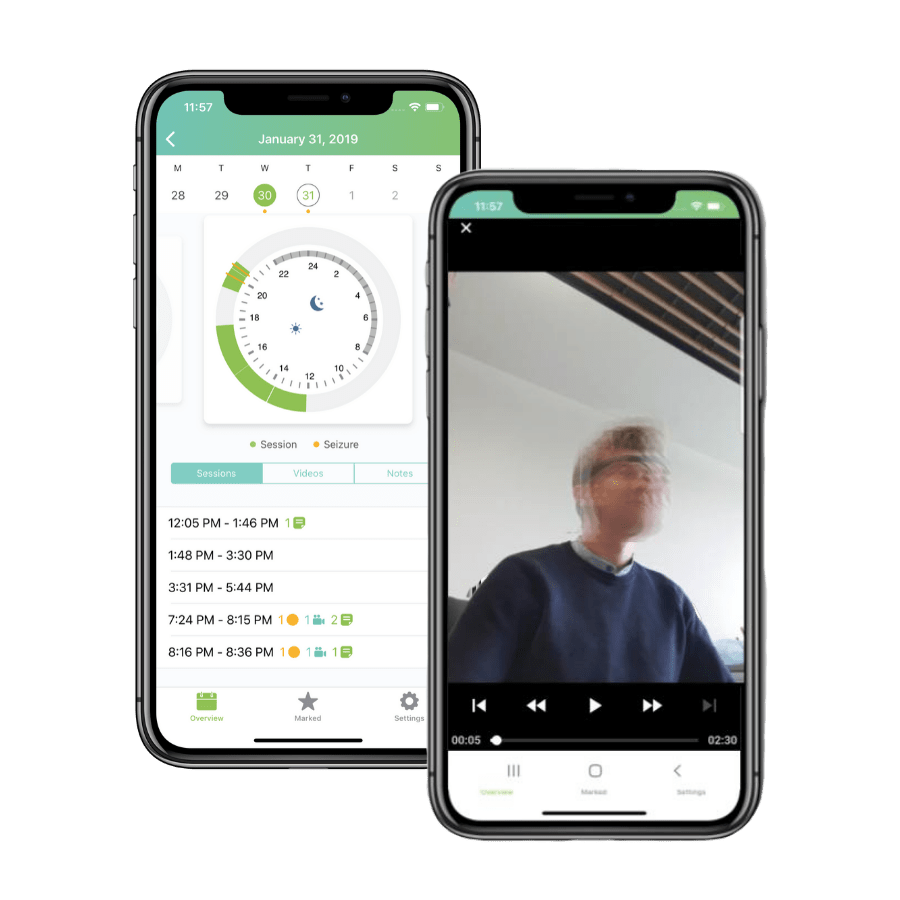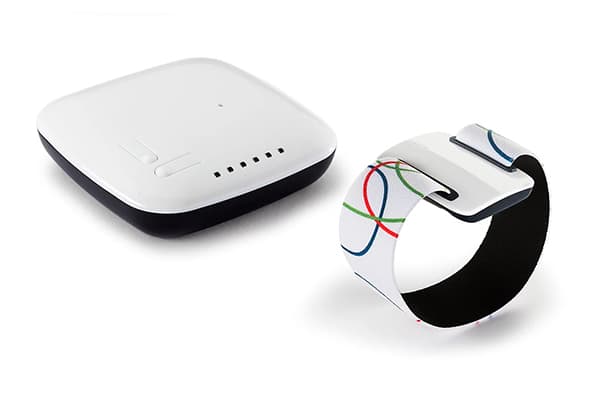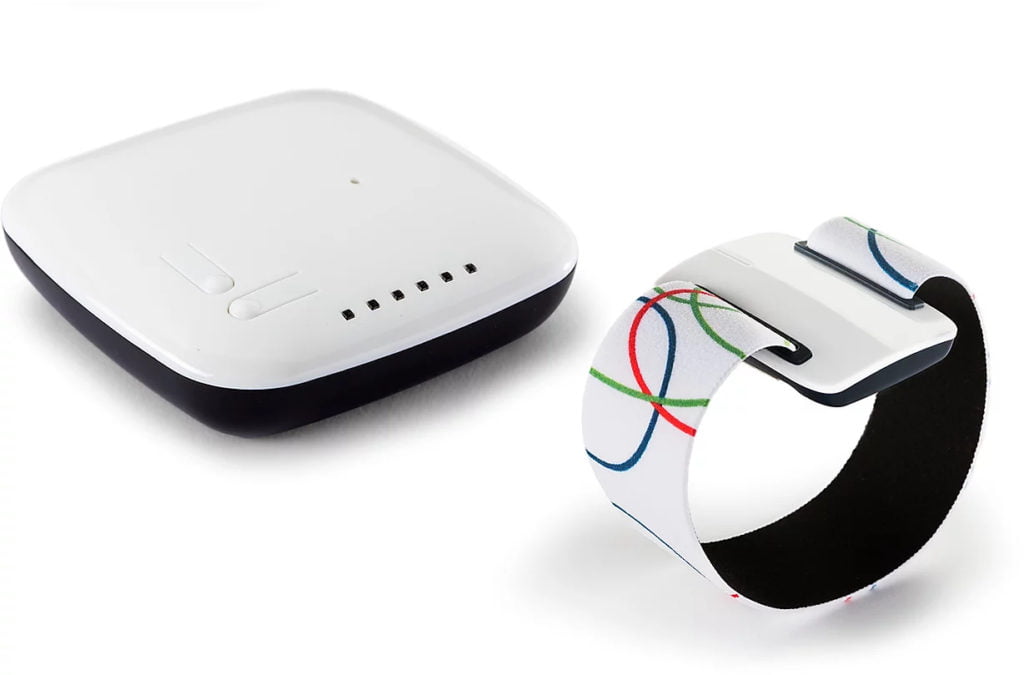Keep up with the latest news from Seizure Alert Australia
Worldwide first absence seizure tracker becomes available to Australian families
EIT Health 2019 winner epihunter launches collaboration with Seizure Alert Australia to make their product available to more than 35.000 Australians with absence epilepsy. epihunter absence seizure trackerMore than 250,000 people are living with epilepsy in Australia, of which 1 in 7 are having difficult-to-notice absence seizures. Such seizures are different from tonic-clonic (convulsive) seizures, and are typically shorter in length, with a brief loss of consciousness. Even though this type of seizure usually does not lead to physical injury, it has a major impact on the wellbeing of the person and in e.g. a classroom situation children with such seizures are often falling behind and are misunderstood. Epihunter is the first product that automatically detects absence seizures using wearable EEG technology. Read more at epihunter.com
The NightWatch seizure detection system
A great short clip explaining the NightWatch seizure detection system. The NightWatch is a comfortable armband that closely monitors the wearer’s heart rate and motion during sleep. When the system suspects a major epileptic seizure, a warning is transmitted to a caregiver via a wireless signal to the armband’s corresponding base station. The system is optimized to detect all dangerous epileptic seizures, including tonic and tonic-clonic seizures. For home use, independently living and care institutions. (more…)
New epilepsy warning device could save thousands of lives
A new high-tech bracelet, developed by scientists from the Netherlands detects 85 percent of all severe night-time epilepsy seizures. That is a much better score than any other technology currently available. The researchers involved think that this bracelet can reduce the worldwide number of unexpected night-time fatalities in epilepsy patients. They published the results of a prospective trial this week in the scientific journal Neurology. Read more
You can also add us to your Facebook feed for updates via social media



